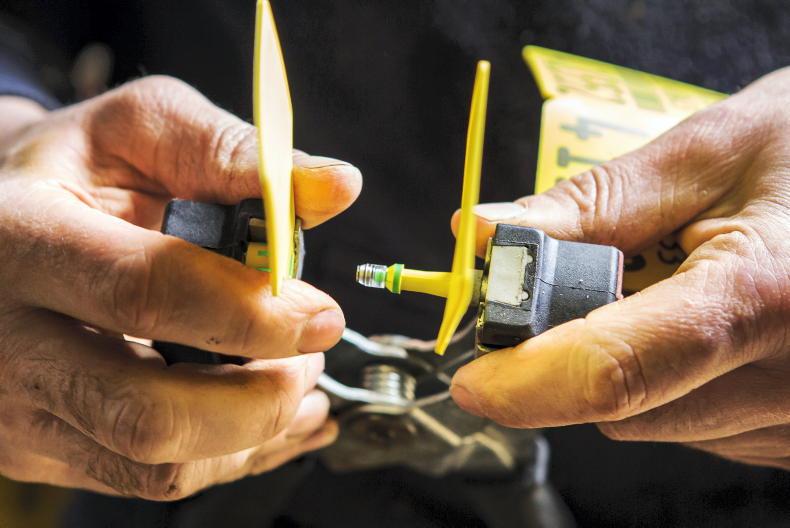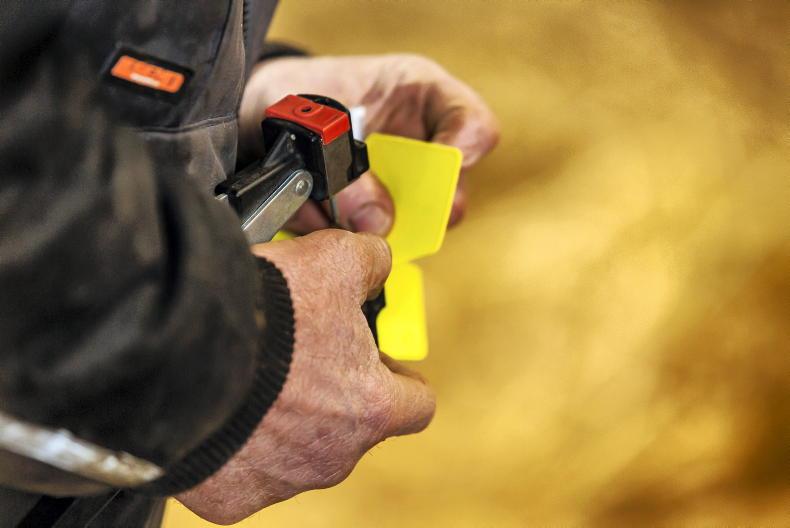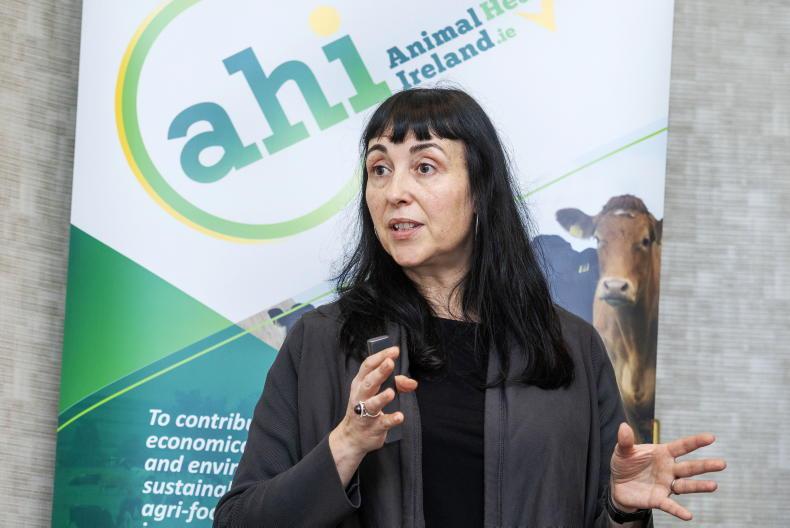The ICMSA has insisted that 2023 will have to be the last year of tissue testing calves for BVD.
Reacting to the news that farmers will have to BVD tissue test calves again in 2023, and may have to continue into 2024, the chairman of the ICMSA dairy committee, Noel Murphy, said farmers will be “hugely frustrated”.
“Not only will farmers be disappointed with this development, but hugely frustrated, not only at the cost element of the programme, but also the time element during the busy spring period,” Murphy said.
The ICMSA representative warned that there should be no further extension of the compulsory testing regime for BVD into 2024, as has been suggested by some in the industry.
“Farmers have invested hugely in this programme, over 10 years at this stage and AHI [Animal Health Ireland] will have to ensure that the requirement for tissue tag testing comes to a conclusion by the end of 2023 at the very latest,” Murphy insisted.
While an official announcement has yet to be made on BVD testing, a roll-over of the current programme is now extremely likely, the Irish Farmers Journal understands.
Industry sources confirmed that farm organisations and the Department of Agriculture are currently in discussions around the funding of the scheme, which costs over €8m per year to test the country’s 2.4m calves.
While the farm organisations want the full cost of the testing regime to be covered by Exchequer funding next year, the Department want the costs shared.
BVD testing in calves was originally introduced on a voluntary bases in 2012, with the compulsory eradication programme launched in 2013.
The fact that the programme is now entering its 11th year is a source of frustration for farmers, and of embarrassment for the Department and AHI, who have co-ordinated the initiative.
The BVD programme has made progress in reducing the incidence of the disease in the national herd over the last year.
The number of calves with an initial positive or inconclusive result, without a negative retest result, is running at 557 or 0.02% of those tested this year, compared to 684 or 0.03% for the comparable week in 2021.










SHARING OPTIONS